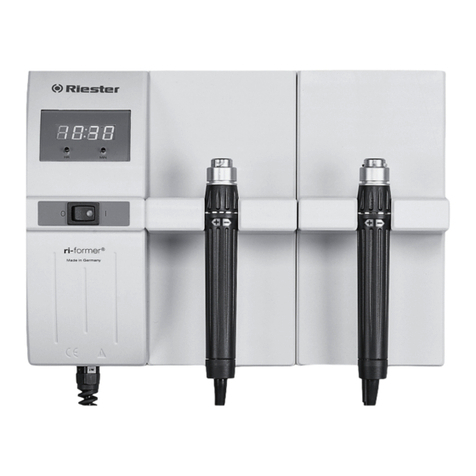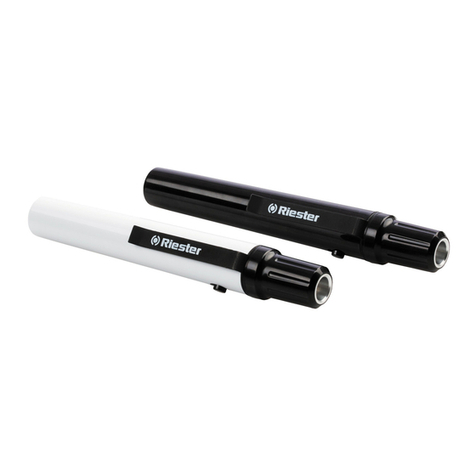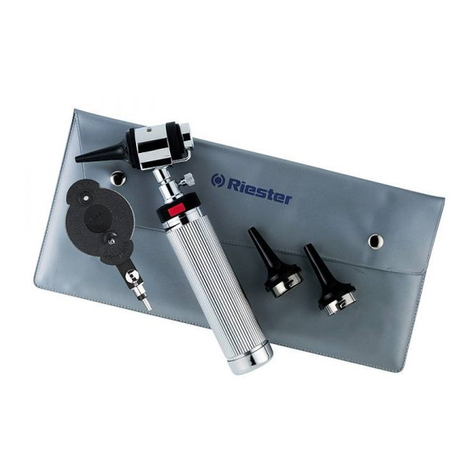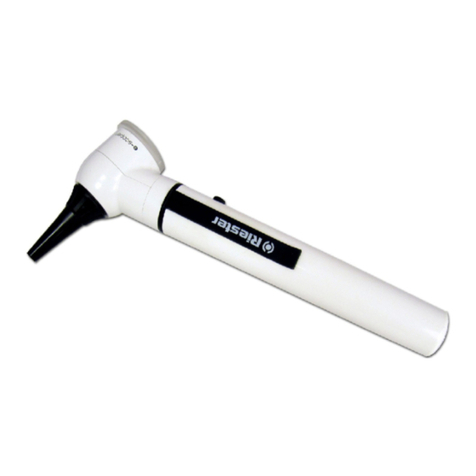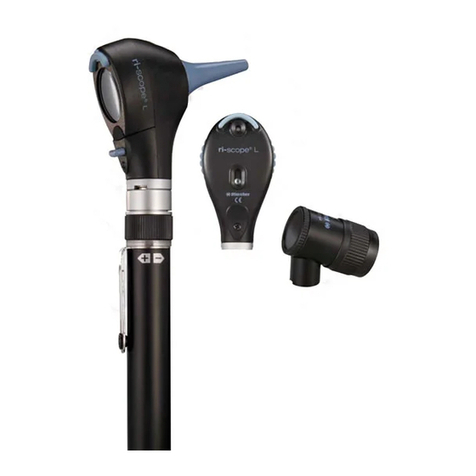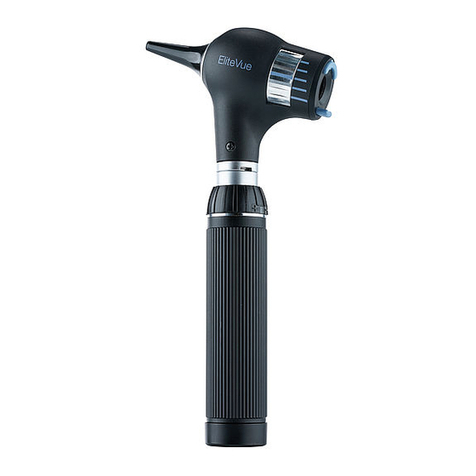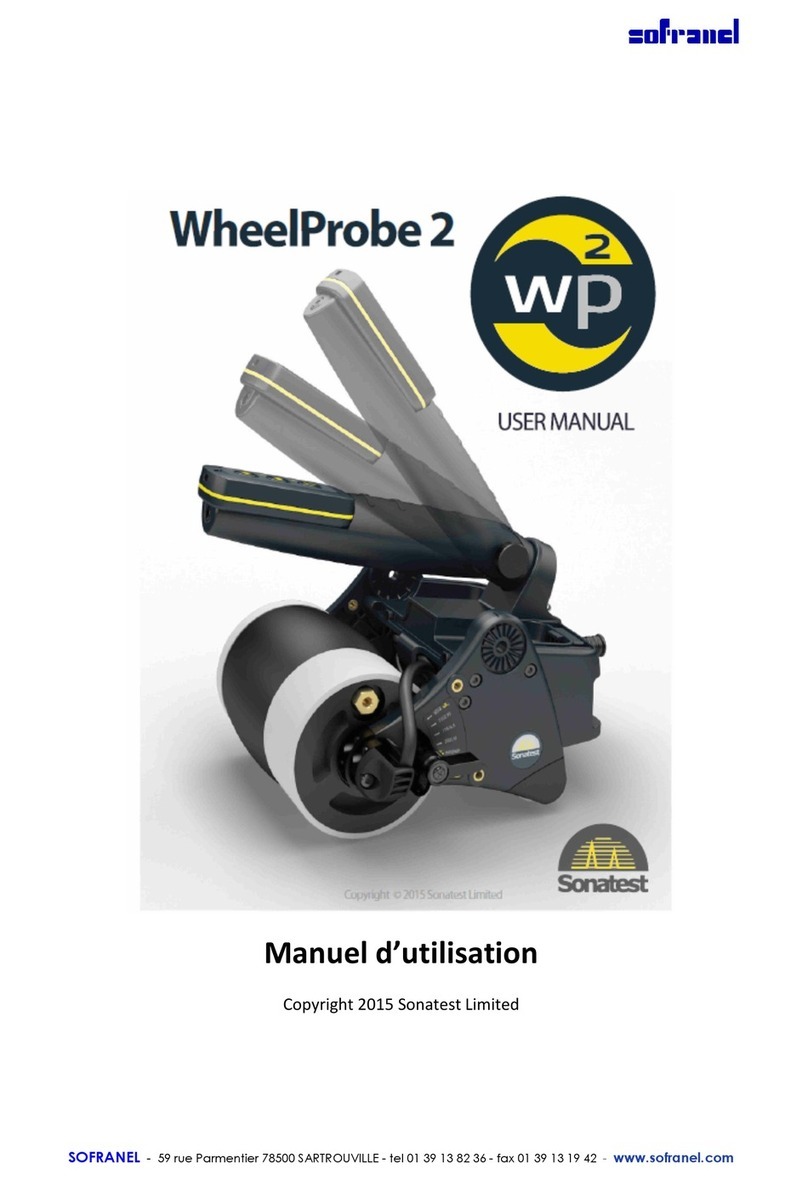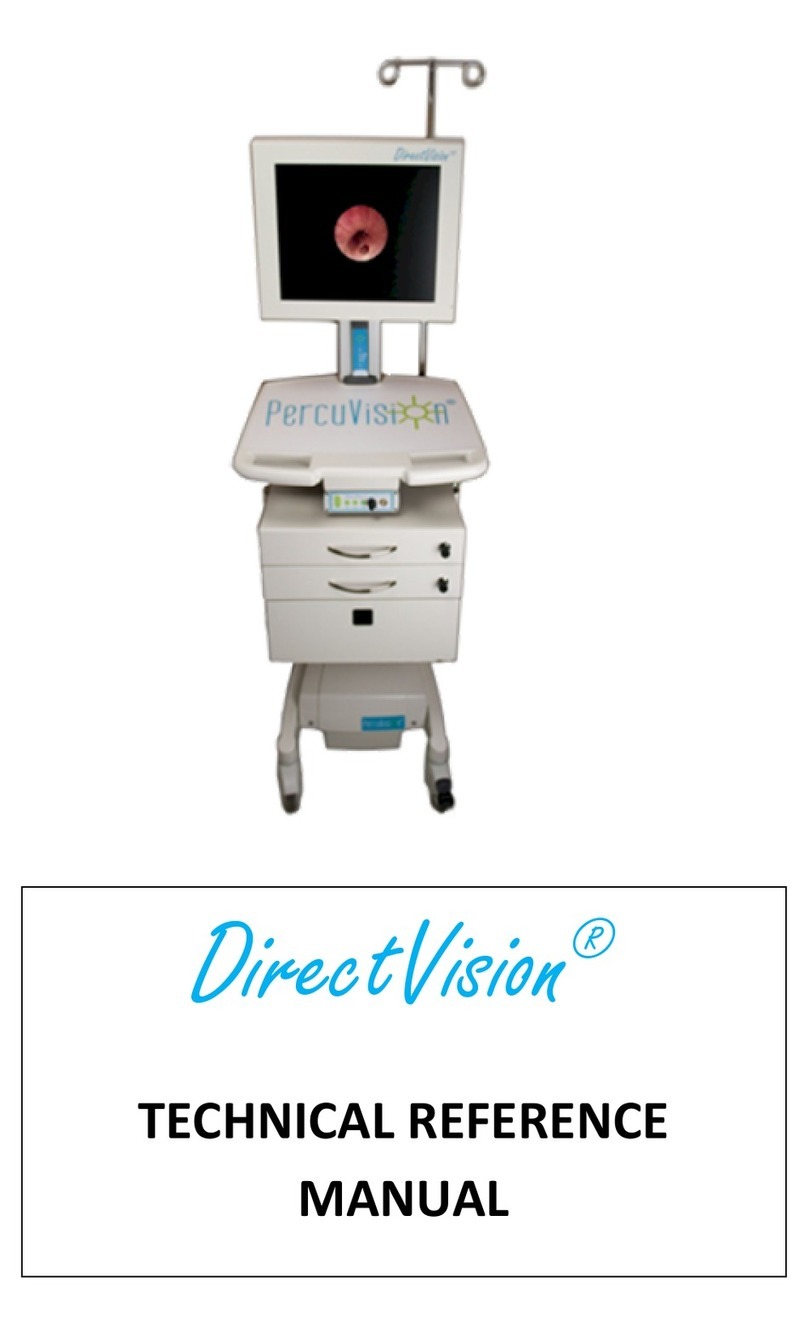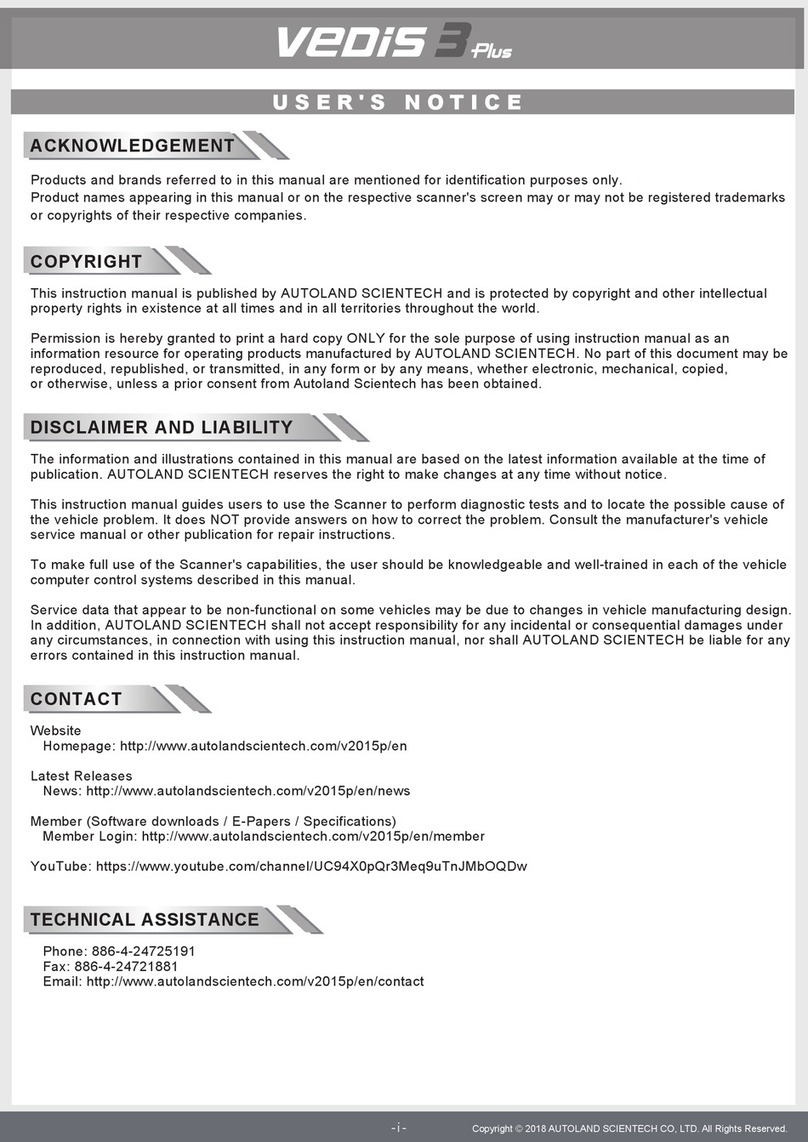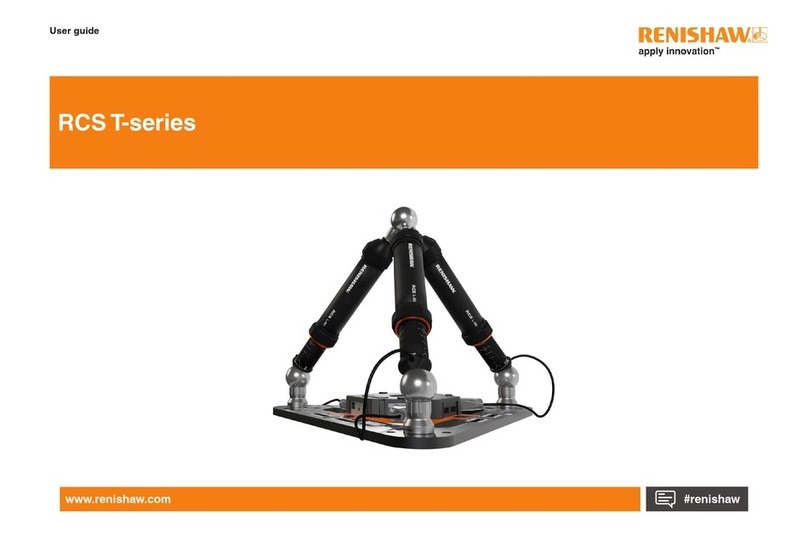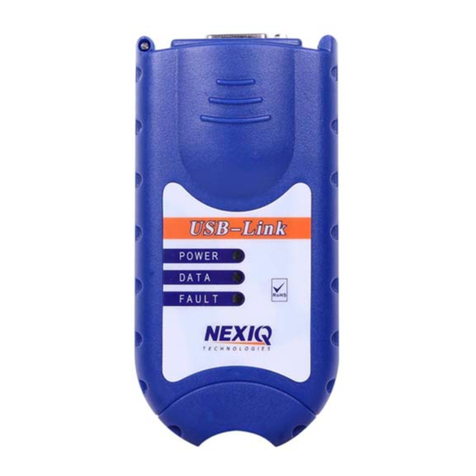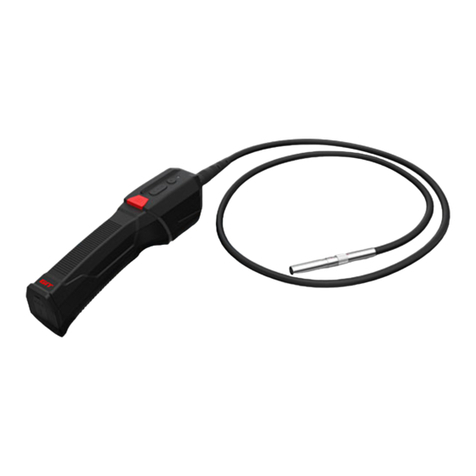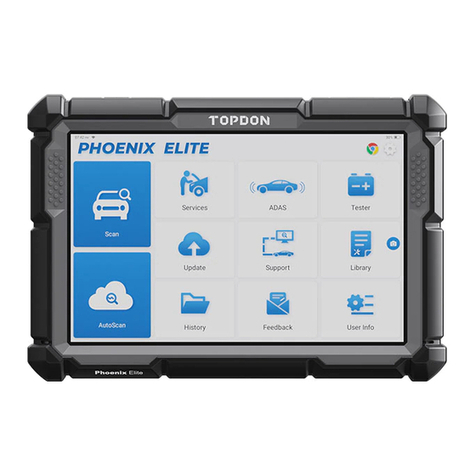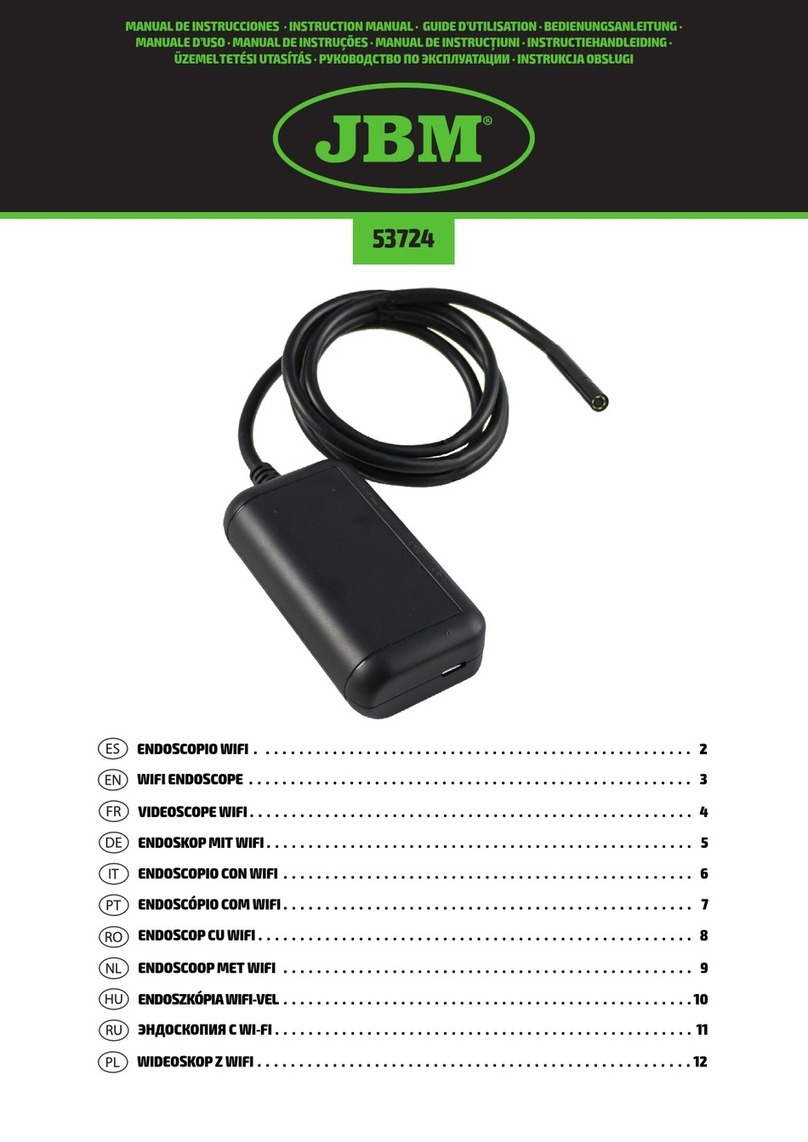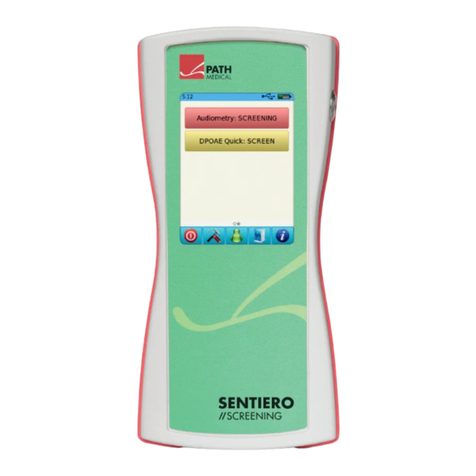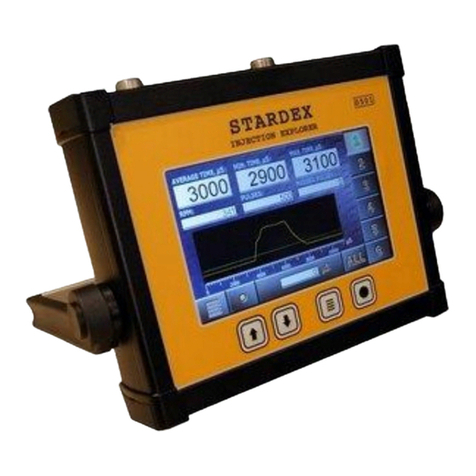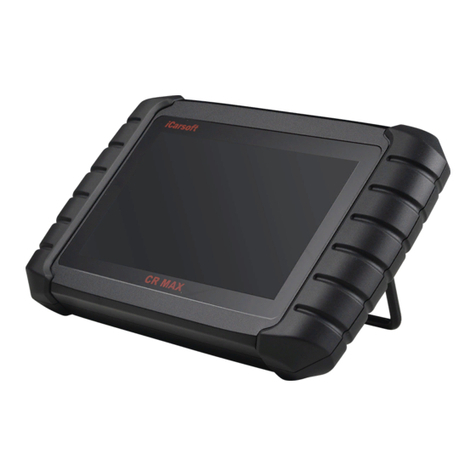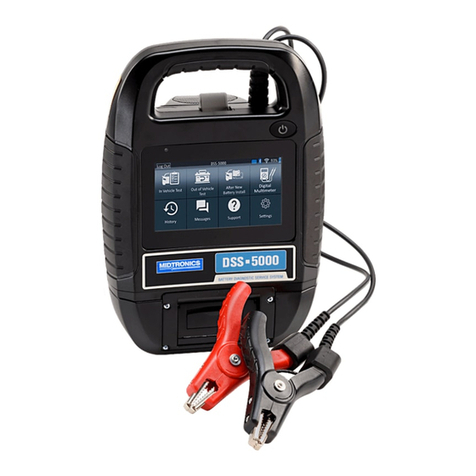
15
3.8. Spare parts and accessories
Reusable ear specula
Item no. 10775 Pack of 10 pcs 2 mm, black
Item no. 10779 Pack of 10 pcs 2,5 mm, black
Item no. 10783 Pack of 10 pcs 3 mm, black
Item no. 10789 Pack of 10 pcs 4 mm, black
Item no. 10795 Pack of 10 pcs 5 mm, black
Single use ear specula
Item no. 14061-532 Pack of 100 pcs 2 mm, black
Item no. 14062-532 Pack of 500 pcs 2 mm, black
Item no. 14063-532 Pack of 1000 pcs 2 mm, black
Item no. 14061-531 Pack of 100 pcs 2,5 mm, black
Item no. 14062-531 Pack of 500 pcs 2,5 mm, black
Item no. 14063-531 Pack of 1000 pcs 2,5 mm, black
Item no. 14061-533 Pack of 100 pcs 3 mm, black
Item no. 14062-533 Pack of 500 pcs 3 mm, black
Item no. 14063-533 Pack of 1000 pcs 3 mm, black
Item no. 14061-534 Pack of 100 pcs 4 mm, black
Item no. 14062-534 Pack of 500 pcs 4 mm, black
Item no. 14063-534 Pack of 1000 pcs 4 mm, black
Item no. 14061-535 Pack of 100 pcs 5 mm, black
Item no. 14062-535 Pack of 500 pcs 5 mm, black
Item no. 14063-535 Pack of 1000 pcs 5 mm, black
Replacement lamps
For pen-scope® otoscope
No. 10488 Pack with 6 vacuum lamps, 2.7 V
No. 10489 Pack with 6 xenon lamps, 2.5 V
For ri-mini® otoscope
Item No. 10600 Pack with 6 xenon lamps, 2.5 V
Other spare parts
No. 10960 Bulb for pneumatic test
No. 10961 Connector for pneumatic test
No. 10963 Magnifying glass for ri-mini® and pen-scope®Otoscope, black
4. Ophthalmoscope and accessories
4.1. Purpose
Riester ophthalmoscopes described in these Instructions for Use have been designed
for the examination of the eye and its background.
ATTENTION!
Because prolonged intense exposure to light can damage the retina, the use of the
eye exam device should not be unnecessarily prolonged, and the brightness setting
should not be set higher than needed for a clear representation of the target struc-
tures.
The irradiation dose of the photochemical exposure to the retina is the product of ir-
radiance and duration of irradiation. If the irradiance is reduced by half, the irradiation
time may be twice as long to reach the maximum limit.
Although no acute optical radiation hazards have been identified for direct or indirect
ophthalmoscopes, it is recommended that the intensity of light directed into the pa-
tient‘s eye be reduced to the minimum required for examination/diagnosis. Infants /
children, aphasics and people with eye diseases are at a higher risk. The risk may be
increased if the patient has already been examined with this or another ophthalmo-
logical instrument during the last 24 hours. This is especially true when the eye has
been exposed to retinal photography.
The light of this instrument may be harmful. The risk of eye damage increases with
the duration of irradiation. An irradiation period with this instrument at maximum
intensity of longer than >5 min. exceeds the guideline value for hazards.
This instrument does not pose a photobiological hazard according to DIN EN 62471
but still features a safety shutdown after 2 / 3 minutes.
4.2. Lens wheel and correcting lenses
The correcting lenses may be adjusted on the lens wheel. The follo-
wing correcting lenses are available:
diopters 0 to + 20 and 0 to - 20. Readings will be displayed on a lit
panel. Plus values are displayed in black digits, minus values in red
digits.




















